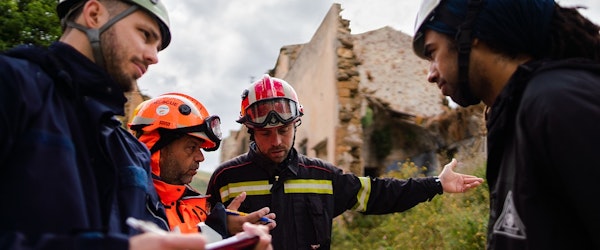
Triple-I Non-Resident Scholar Discusses ‘Finding The Sweet Spot’ In Disaster Protection
Tuesday, February 7th, 2023 Source: Triple-I Resilience BlogDisaster insurance is more complicated than other types of property/casualty coverage, and traditional forms of risk transfer may not be sufficient on their own to effectively help policyholders bounce back from catastrophes in the long term, Triple-I non-resident scholar Carolyn Kousky said in an interview on the World Economic Forum Book Club Podcast.
The tools insurers use to make sure they have funds available to keep their promises to pay claims -- reinsurance, accessing the capital markets, and maintaining policyholder surplus -- are all expensive, Kousky said, and those costs get passed along to policyholders in the form of higher premiums.
As natural disasters become increasingly expensive -- insurance broker Aon estimates 2022’s global economic losses at $313 billion, of which less than half was insured -- these costs become harder to share or pass along.
At the same time, Kousky said, some costs are too small to insure due to the transaction and administrative expenses associated with insurance. This isn’t a trivial matter -- in fact, Kousky points out, solving it is crucial to ensuring that coverage is available and affordable to lower-income, disadvantaged households and communities.




